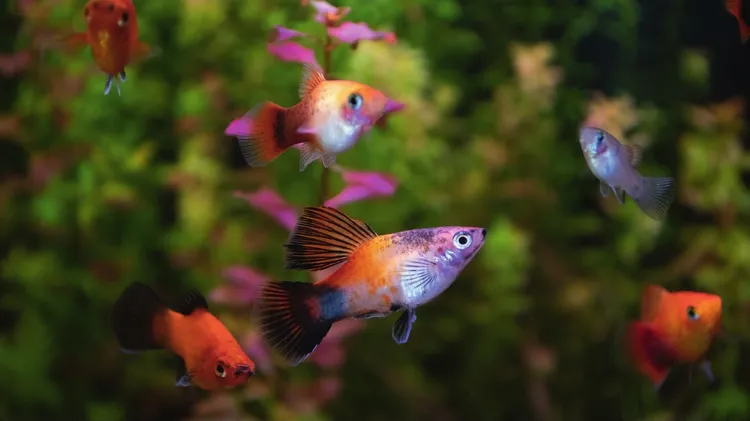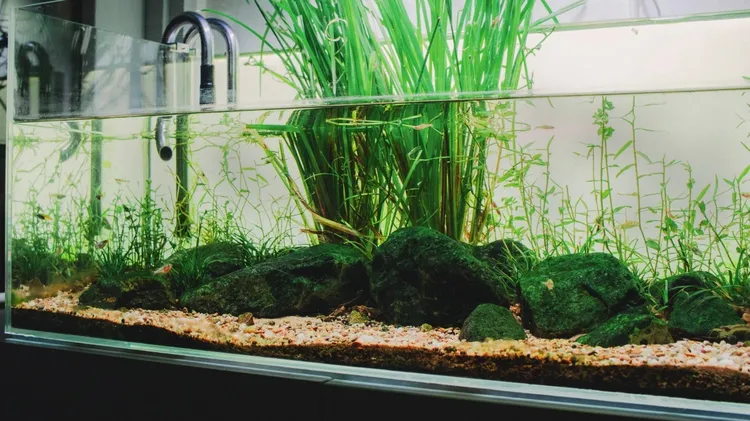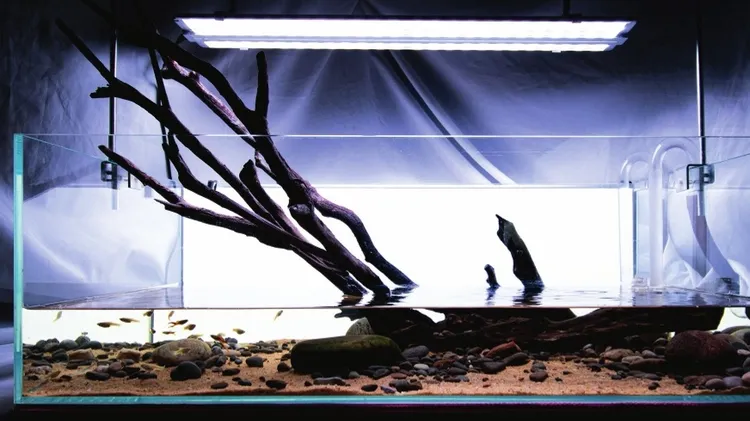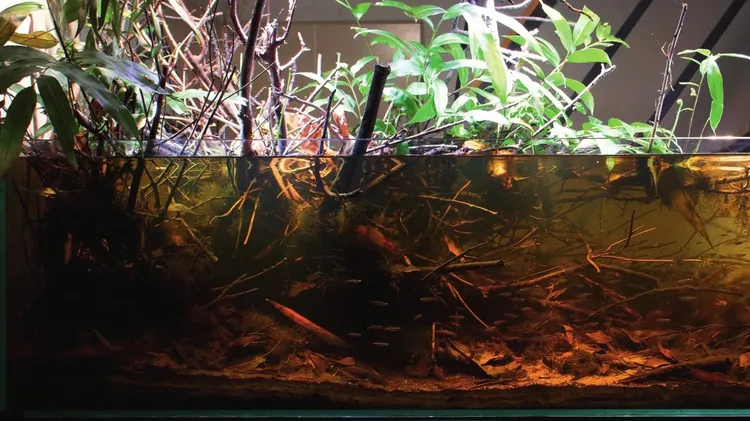Aquascaping aesthetics and nature come together in Tai Strietman’s late
Wondrous wild widows
10 min read
This article is from...
Read this article and 8000+ more magazines and newspapers on Readly






